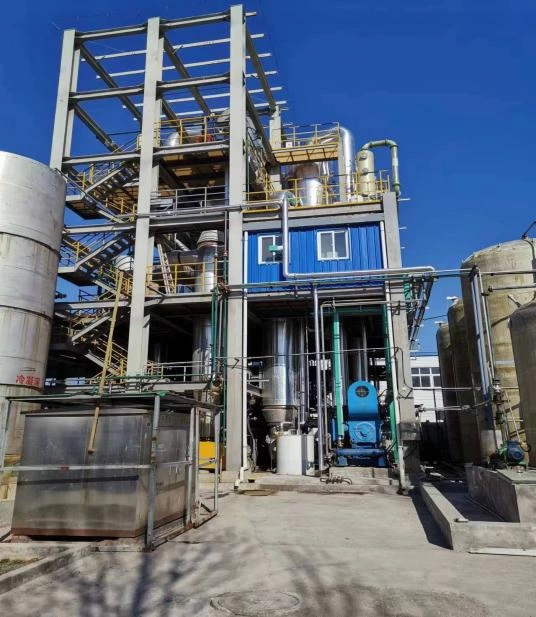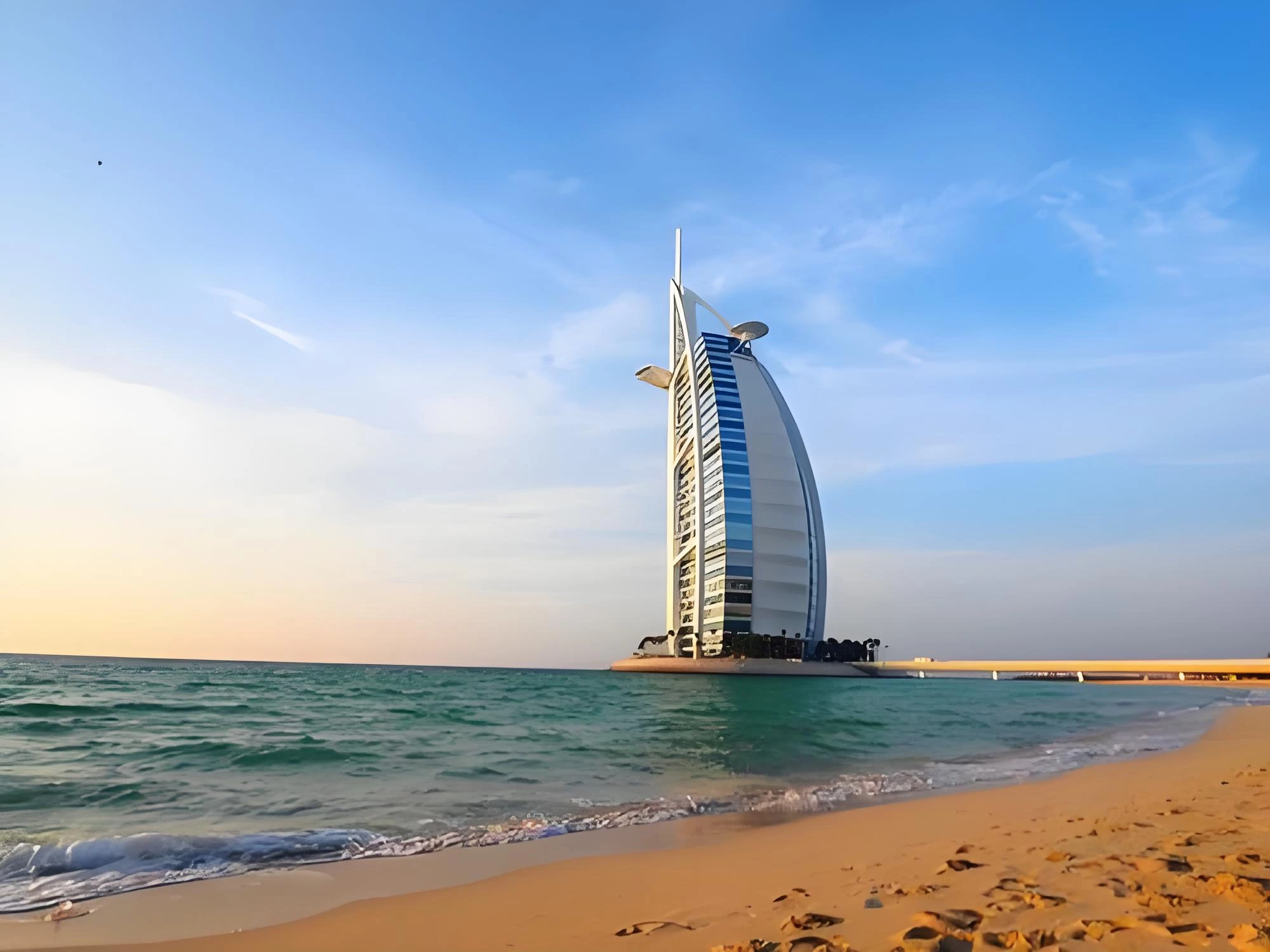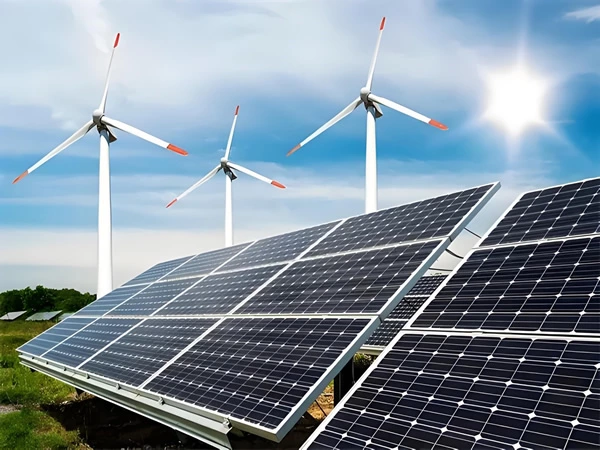
1. System Overview
Application: Concentrating and crystallizing NaCl from high-salinity wastewater
Location: Henan, China
Capacity: 7.5 tons/hour (evaporation capacity).
Final Product: Solid NaCl crystals
2. Process Flow
Feed Preheating: Wastewater is heated to ~80°C via condensate heat recovery.
Evaporation: Preheated brine enters the evaporator, where MVR-compressed vapor heats it to boiling
Crystallization: Concentrated brine is cycled through the crystallizer; NaCl precipitates as supersaturation is reached.
Separation: Slurry is centrifuged; crystals are packaged, and mother liquor is recycled.
Vapor Reuse: Secondary vapor is compressed and returned to the evaporator.
3. Energy Efficiency & Advantages
Energy Consumption: ~20–30 kWh/ton water.
Zero Steam Dependency: MVR recovers >95% of latent heat, eliminating need for external steam.
Compact Footprint: Single-effect design reduces space vs. multi-effect systems.
4. Corrosion & Scaling Mitigation
TA2 Titanium: Excellent resistance to NaCl brine, chlorides, and high temperatures.
Anti-Scaling Measures: Forced circulation,Online CIP with dilute acid (e.g., HNO₃) for periodic descaling.
5. Automation & Control
PLC System: Monitors pressure, temperature, and crystal growth.
Key Parameters: Evaporator pressure: 0.1–0.3 MPa (g). Brine concentration: Controlled at ~25–30% NaCl before crystallization.
6. Environmental Compliance
Zero Liquid Discharge (ZLD): Condensate is reused; solid NaCl is recycled/landfilled.
7. Typical Challenges & Solutions
Foaming: Add antifoam agents; design large vapor-liquid separation space.
Waste Variability: Feed pretreatment (filtration, pH adjustment) for stable operation.


